S. leucophylla in the wild, Baldwin Co, AL-DIVERSITY!
Sept 29, 2013 23:04:57 GMT -5
rmeyer, ps3isawesome, and 1 more like this
Post by meizzwang on Sept 29, 2013 23:04:57 GMT -5
I remember being in college and having a conversation with a fellow CP expert. He saw how "addicted" I was to Sarracenias, and he said that eventually, I'll probably get bored of them, and then move on and focus on something else. As the years went by, I always reflected on that conversation and thought, how can you get bored of Sarracenias? Within one species, there's as much diversity out there as you can imagine (sadly, there used to be even more than that until most of it was destroyed in the wild).
The photos below really demonstrate why many of us will be hooked on pitcher plants till the day we die. There isn't just one S. leucophylla alba out there, but there are hundreds of thousands of individuals, and just like humans, each individual is special and unique. Even regular leucophyllas out there are bright white. Let's say that theoretically, one becomes bored because they've seen and grown 1000's of different clones of every species and variety. Well, then there's the path to hybridization,which probably takes at least 2-3 lifetimes to really explore the endless possibilities. In other words, a lifetime isn't enough time to really experience Sarracenias!
all photos below were taken 9/10/13 in northern Baldwin Co, AL:
S. leucophylla var. alba-check out how white the interior of the trap is:
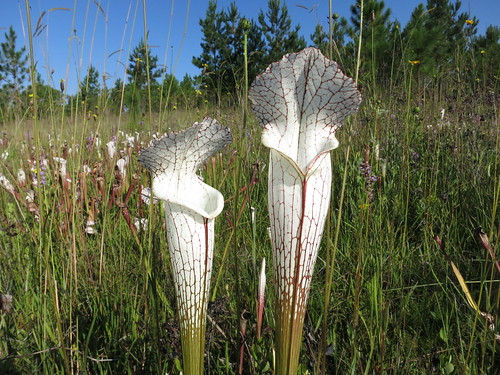
Another S. leucophylla var. alba, this time with nice red "netting" on the outside:
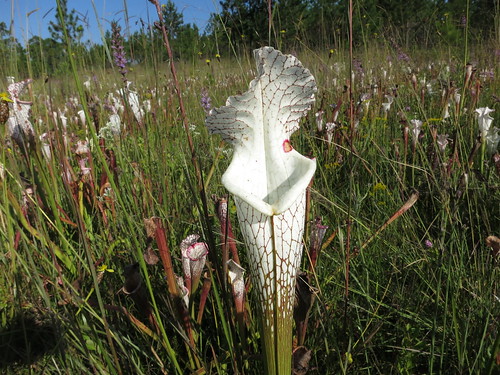
A regular S. leucophylla with heavy "veining." S. leucophylla var. ornata? Shhhh, don't tell Stewart McPherson, hehe Just kidding:
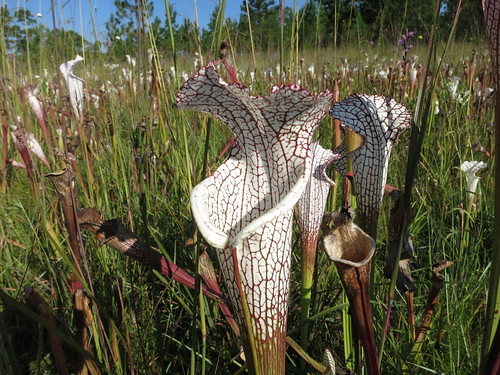
Love how the petiole or trap is skiny on the bottom and fat/symmetical at the top:
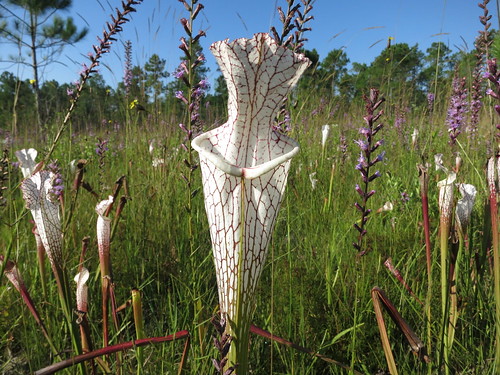
Same clone, but view of the back. Look at how white this clone is!
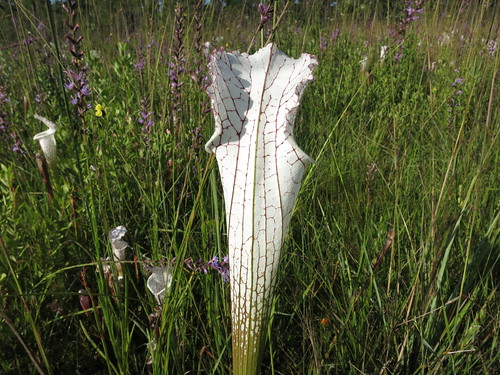
S. leucophylla var. (maybe alba?):

A standard looking clump:
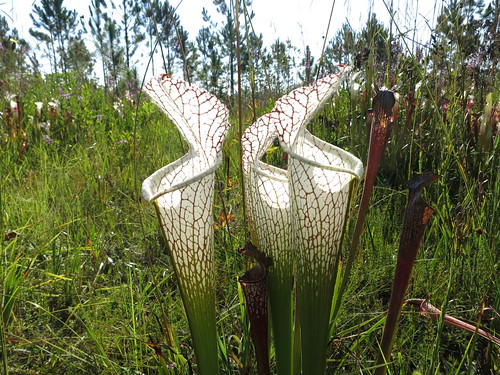
Mildly pink lip-this clone will probably turn darker pink in the next few months:
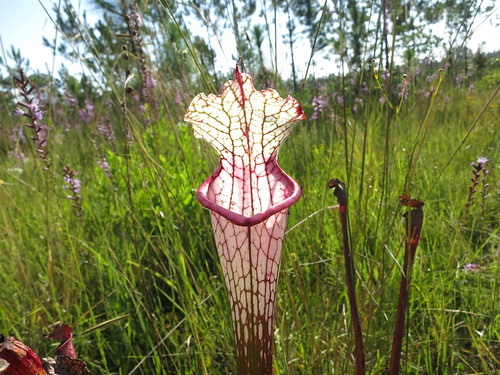
S. leucophylla var. alba-can you see how no one "var. alba" looks exactly the same?

A shapely reddish-pink clone. These red and pink pigments probably come from historic interbreeding with S. rosea and/or S. "alabamensis" ssp. wherryi:

Lots of white on this clone, with a beautiful contrasting red at the bottom. Nature is a work of art:
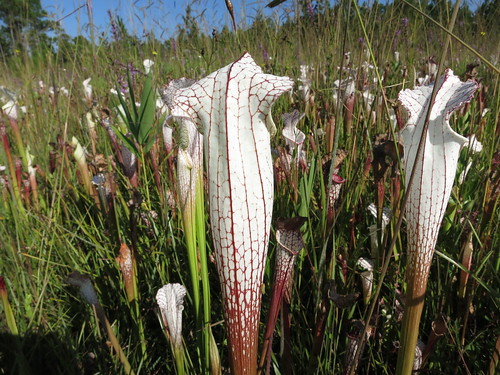
Same clone, slightly different angle:
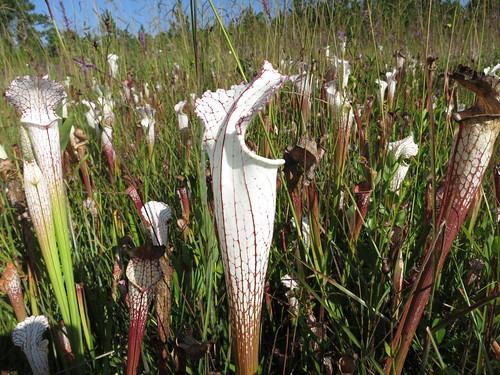
S. leucophylla var. alba. Snow white in the interior...this is what I call perfection!

Some battle wounds:

Another pink clone:

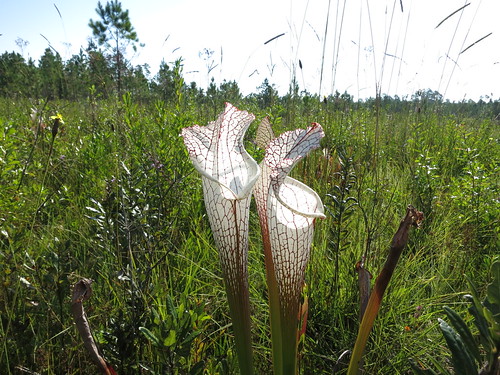
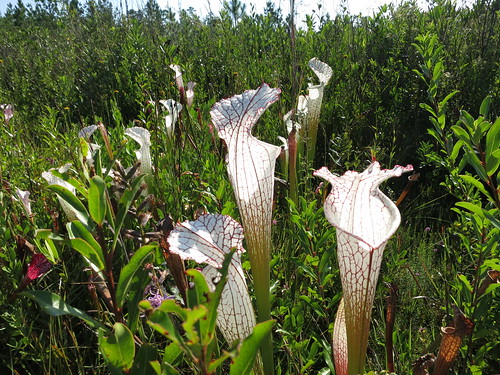
An impressive dark pink clone:
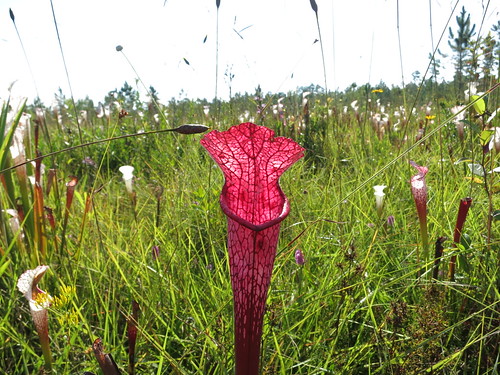
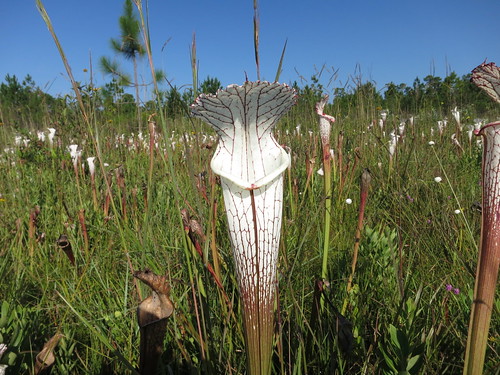
This one was pretty big:
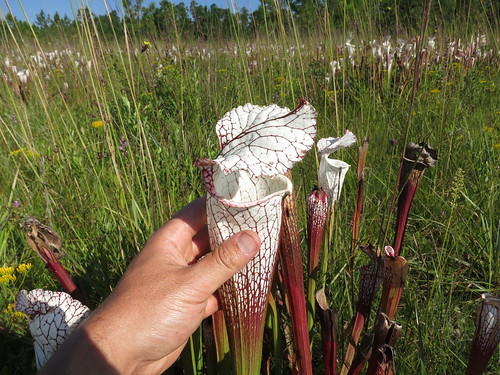
pink lips:

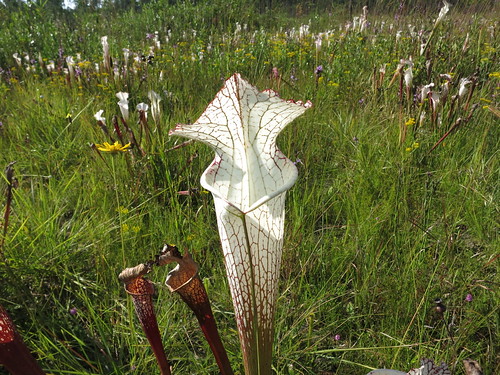
Another huge trap:
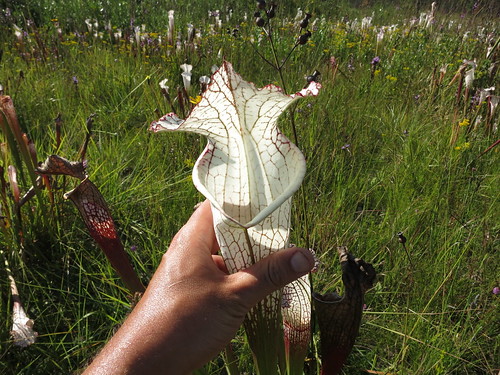

Look at the red on this one!
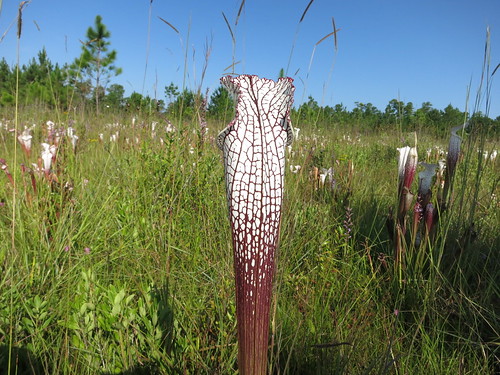
Same clone:
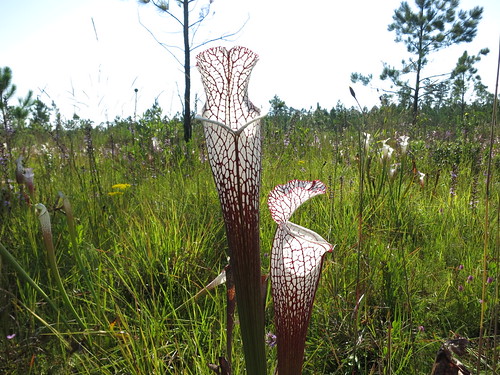
And another S. leucophylla var. alba. Every clone is slightly different:

The number of winners in this field were endless:
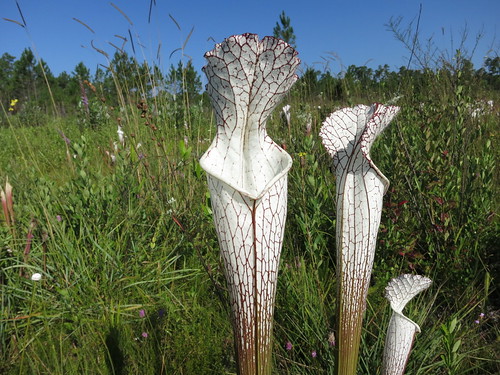
Same clone, side view:

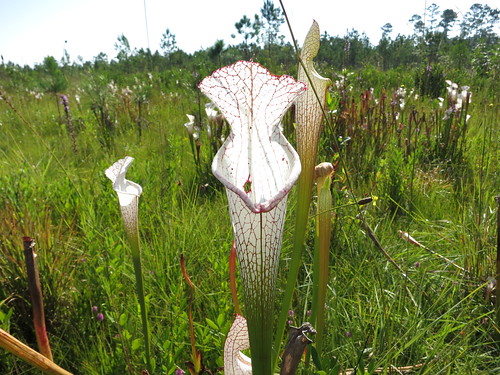
Even the developing pitchers were amazing:
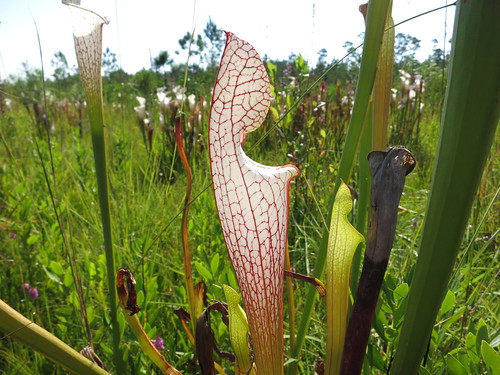
S. leucophylla var. alba. Check it out: a S. leucophylla 'Hurricane creek white imposter' in the background, to the left:
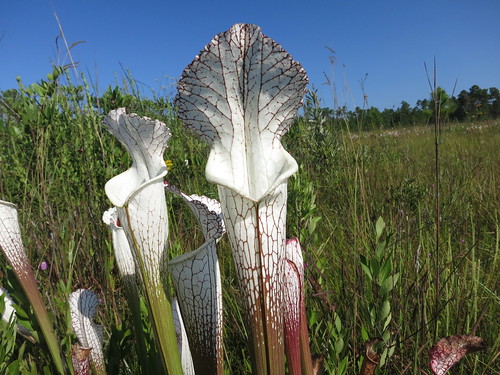
more photos to come!
The photos below really demonstrate why many of us will be hooked on pitcher plants till the day we die. There isn't just one S. leucophylla alba out there, but there are hundreds of thousands of individuals, and just like humans, each individual is special and unique. Even regular leucophyllas out there are bright white. Let's say that theoretically, one becomes bored because they've seen and grown 1000's of different clones of every species and variety. Well, then there's the path to hybridization,which probably takes at least 2-3 lifetimes to really explore the endless possibilities. In other words, a lifetime isn't enough time to really experience Sarracenias!
all photos below were taken 9/10/13 in northern Baldwin Co, AL:
S. leucophylla var. alba-check out how white the interior of the trap is:

Another S. leucophylla var. alba, this time with nice red "netting" on the outside:

A regular S. leucophylla with heavy "veining." S. leucophylla var. ornata? Shhhh, don't tell Stewart McPherson, hehe Just kidding:

Love how the petiole or trap is skiny on the bottom and fat/symmetical at the top:

Same clone, but view of the back. Look at how white this clone is!

S. leucophylla var. (maybe alba?):

A standard looking clump:

Mildly pink lip-this clone will probably turn darker pink in the next few months:

S. leucophylla var. alba-can you see how no one "var. alba" looks exactly the same?

A shapely reddish-pink clone. These red and pink pigments probably come from historic interbreeding with S. rosea and/or S. "alabamensis" ssp. wherryi:

Lots of white on this clone, with a beautiful contrasting red at the bottom. Nature is a work of art:

Same clone, slightly different angle:

S. leucophylla var. alba. Snow white in the interior...this is what I call perfection!

Some battle wounds:

Another pink clone:



An impressive dark pink clone:


This one was pretty big:

pink lips:


Another huge trap:


Look at the red on this one!

Same clone:

And another S. leucophylla var. alba. Every clone is slightly different:

The number of winners in this field were endless:

Same clone, side view:


Even the developing pitchers were amazing:

S. leucophylla var. alba. Check it out: a S. leucophylla 'Hurricane creek white imposter' in the background, to the left:

more photos to come!



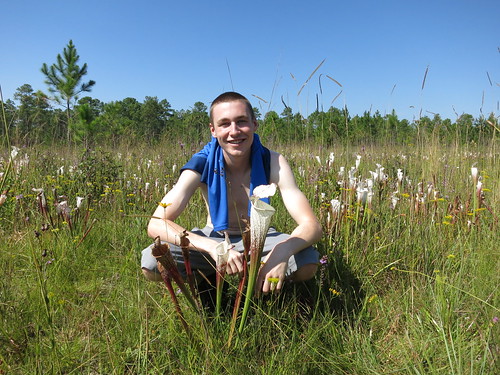
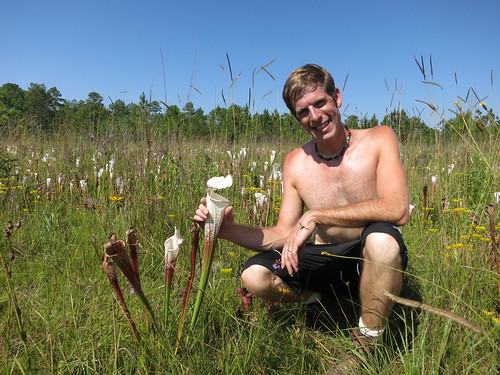
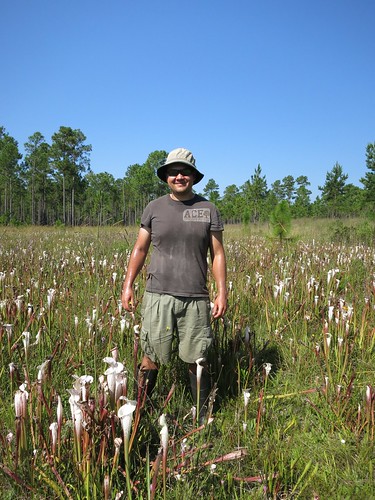
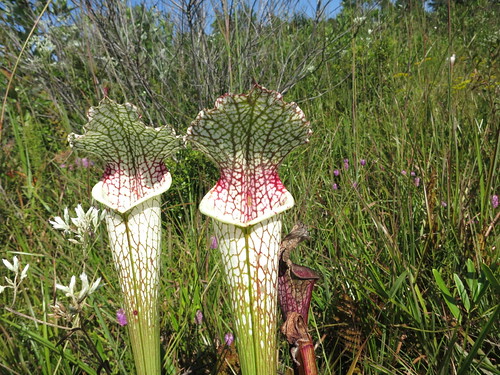

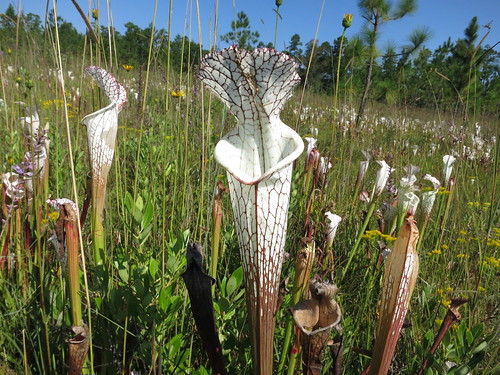

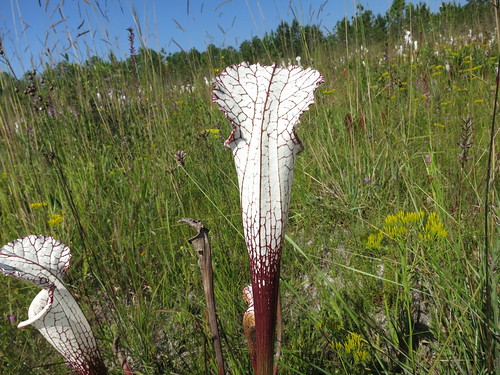
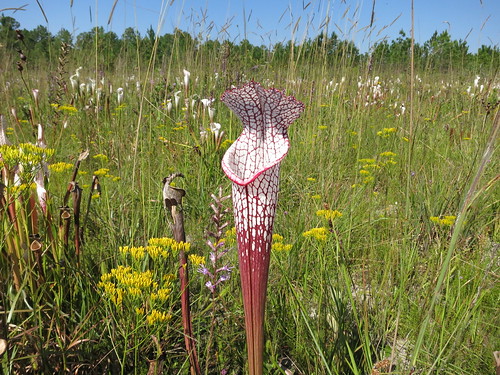
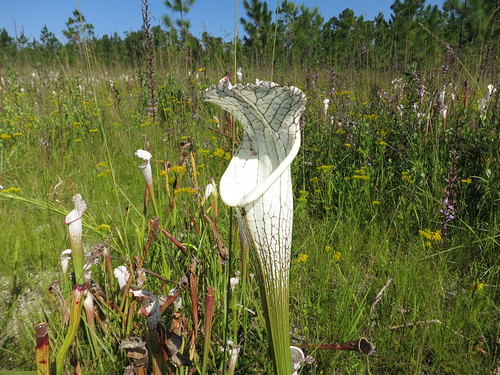
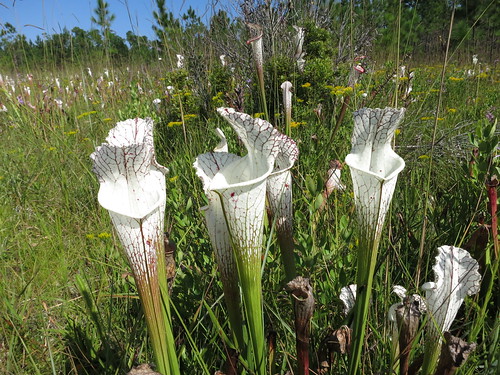
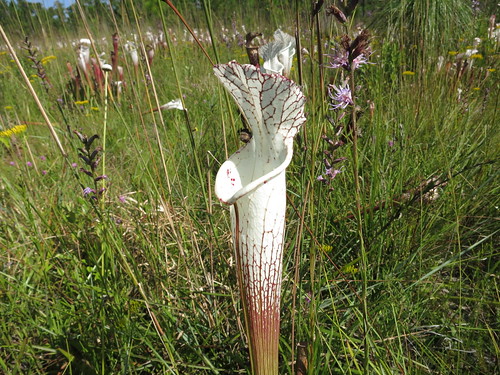
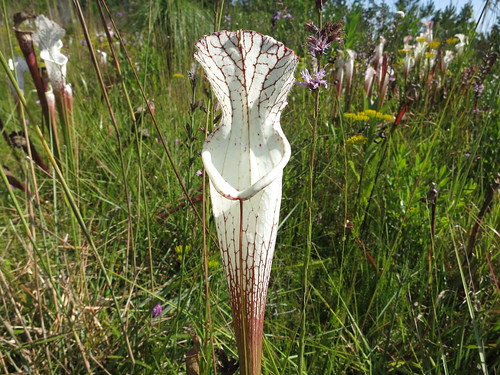
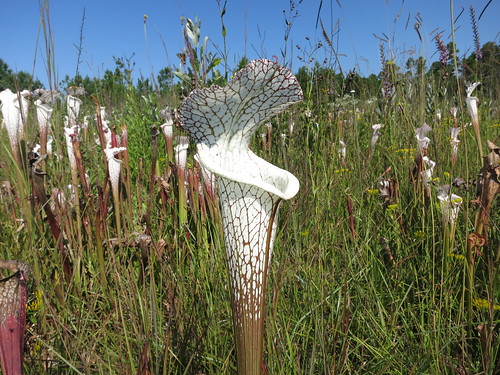
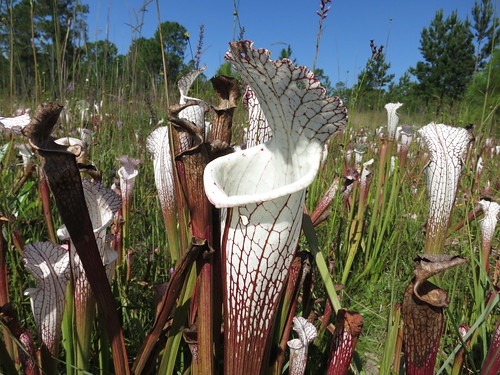
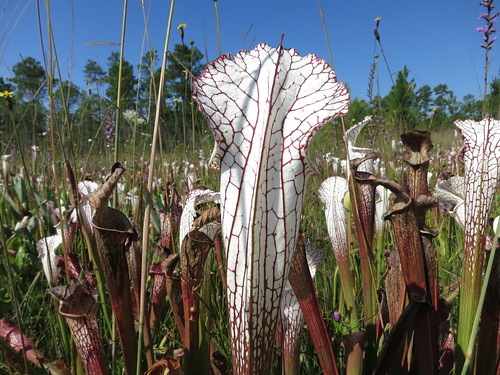
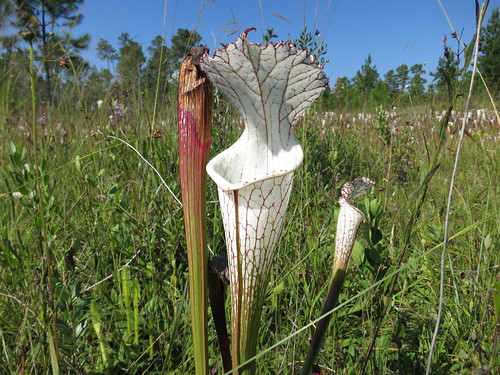

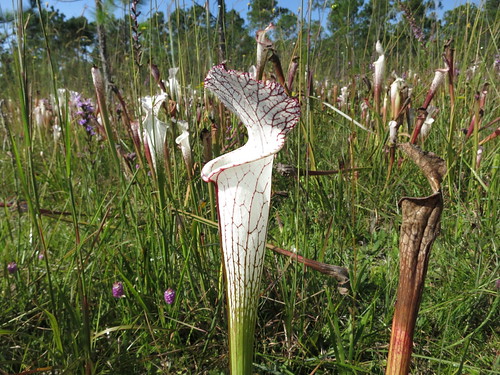
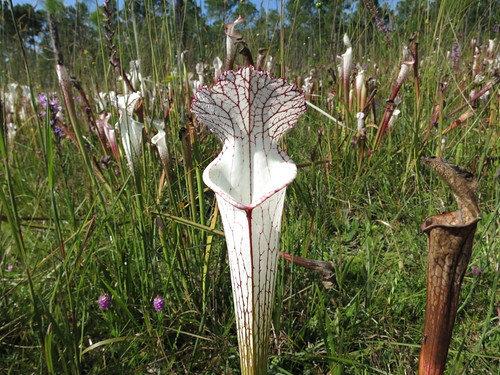


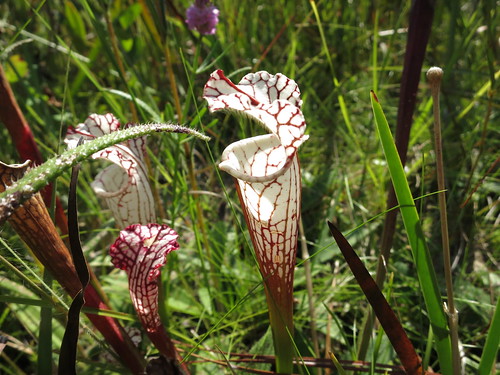
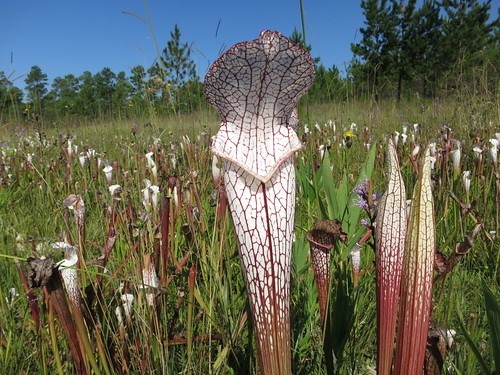
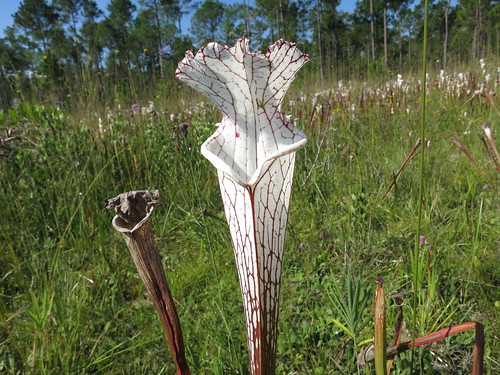
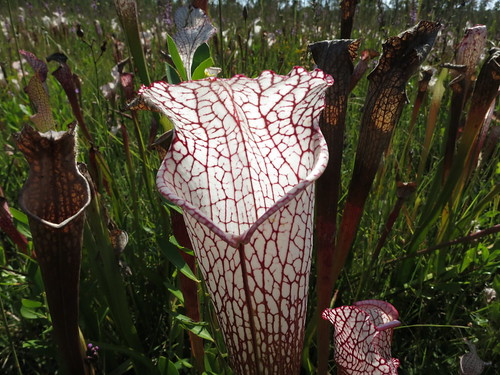
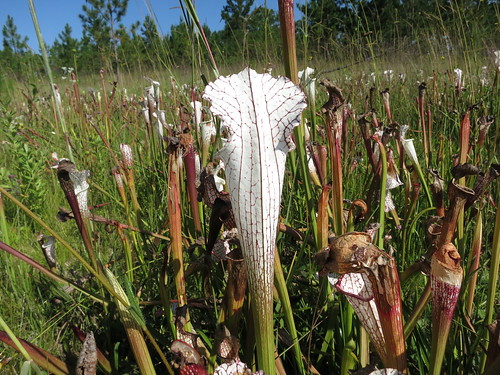
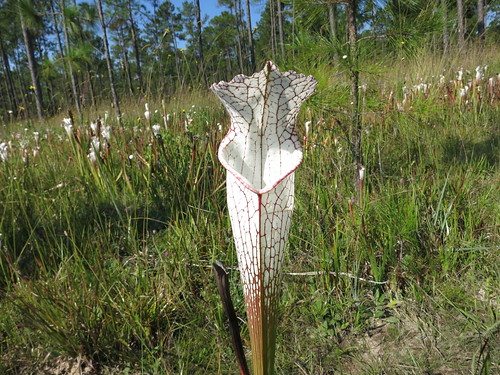


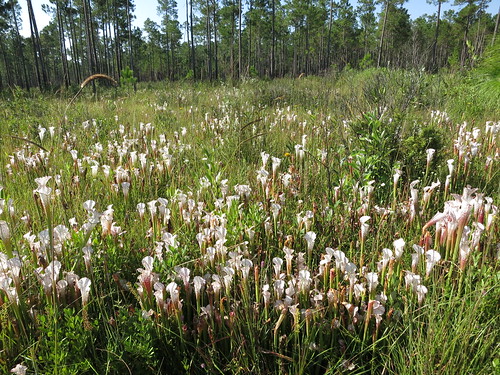
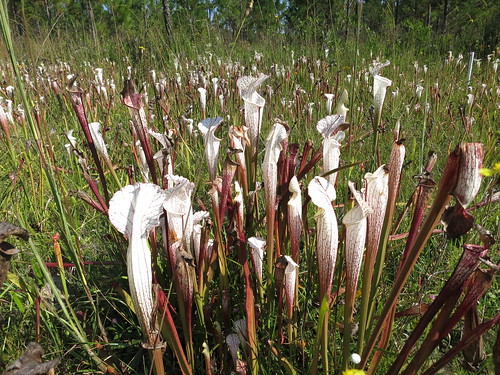
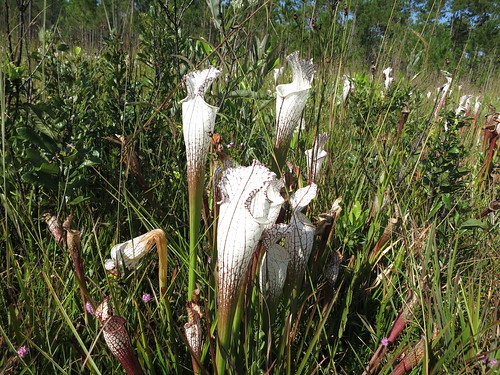
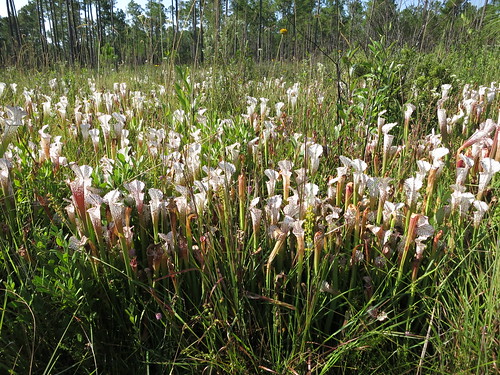
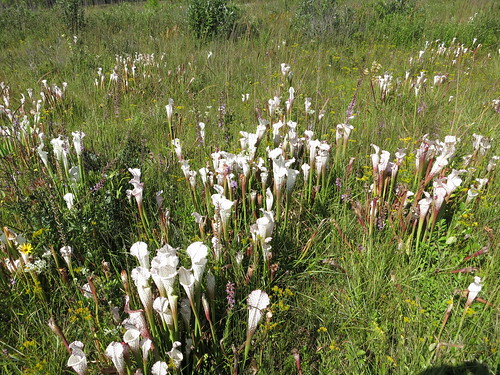
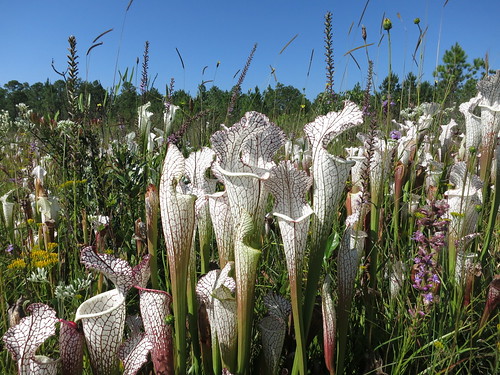
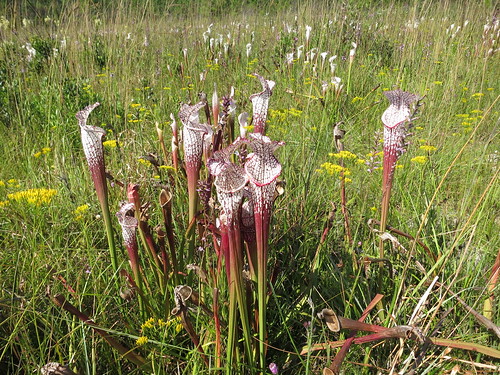
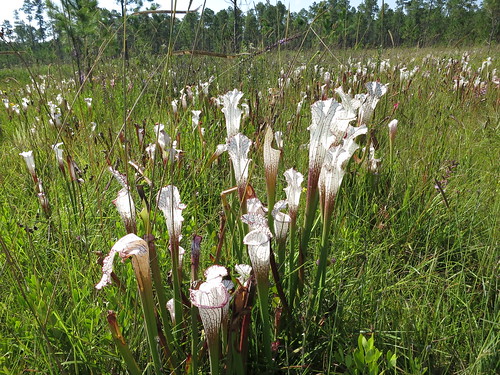
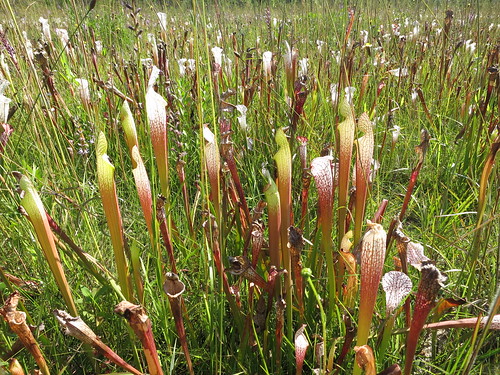


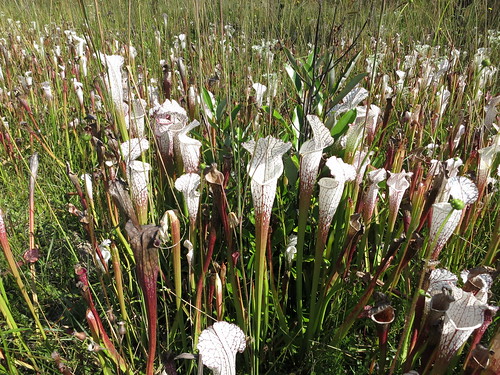
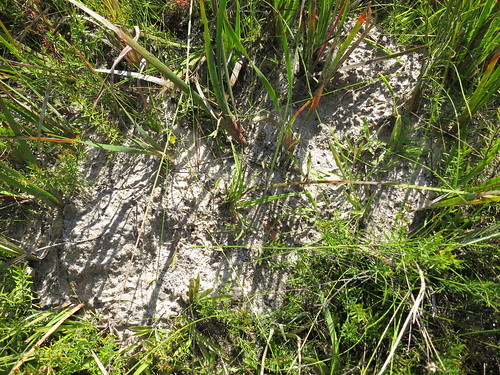

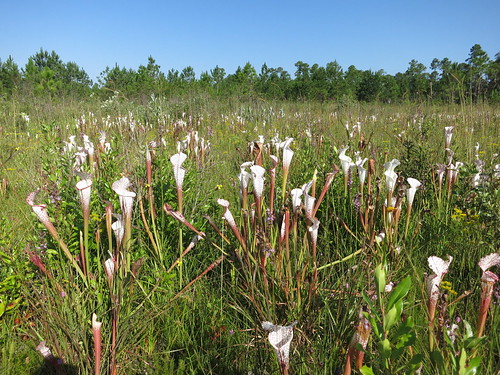
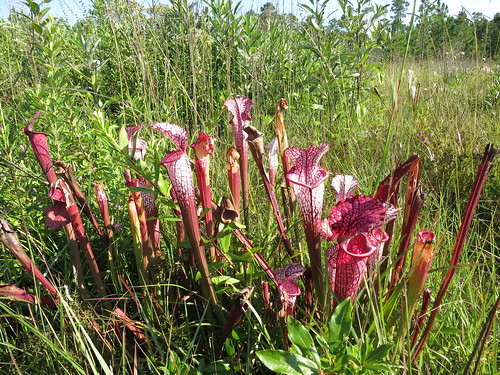
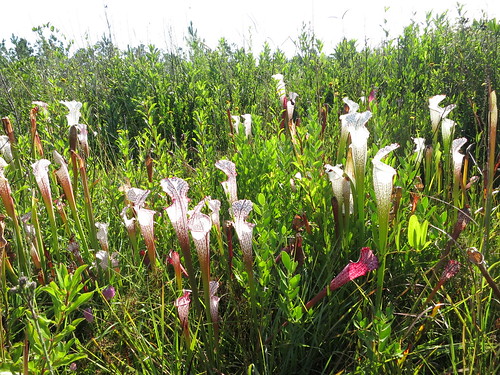

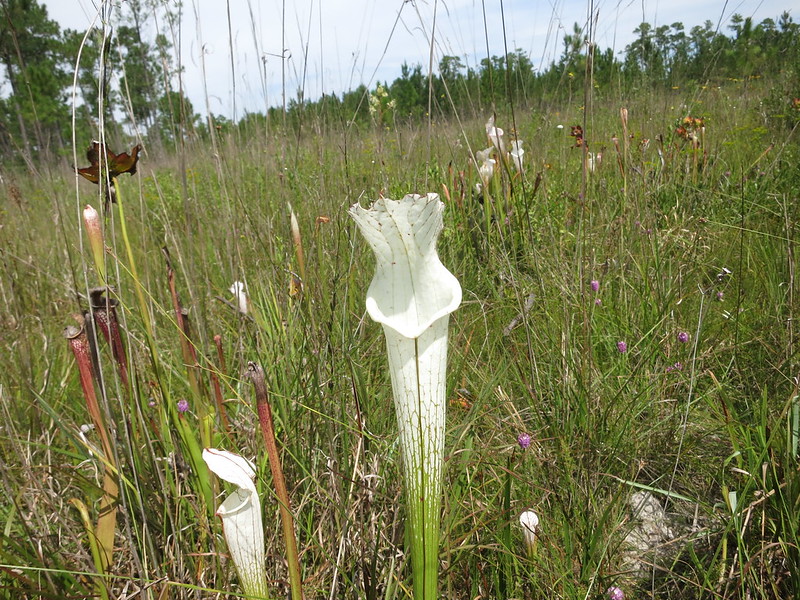
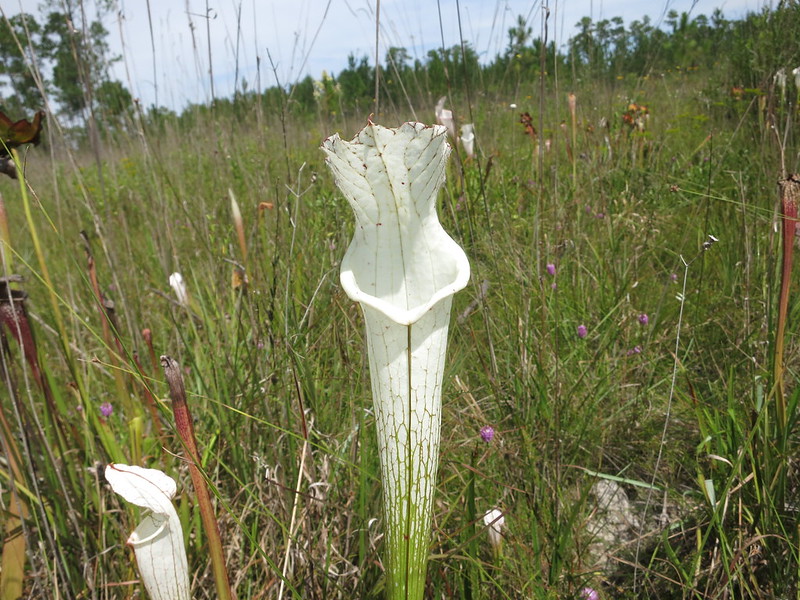
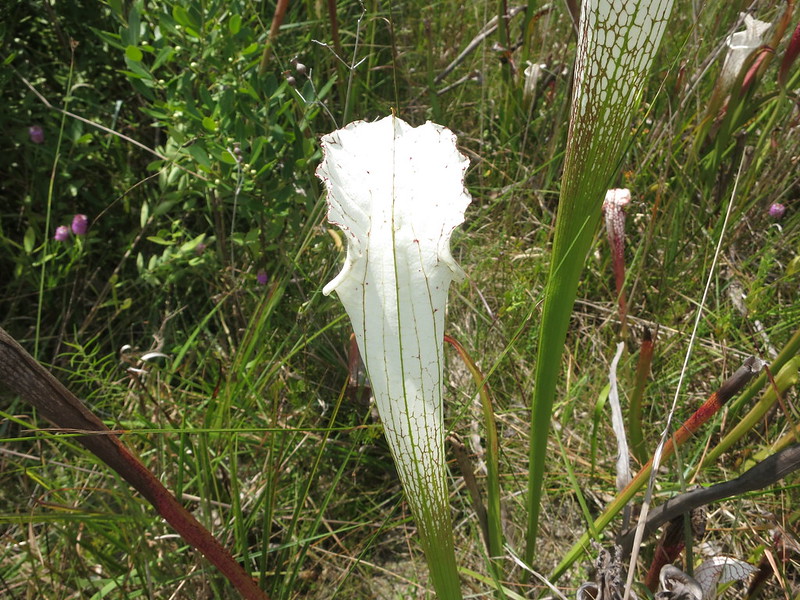


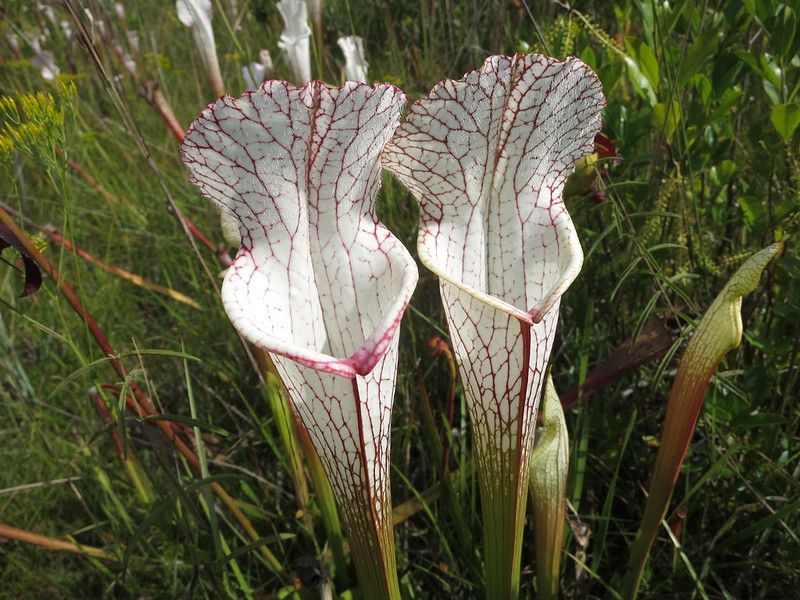

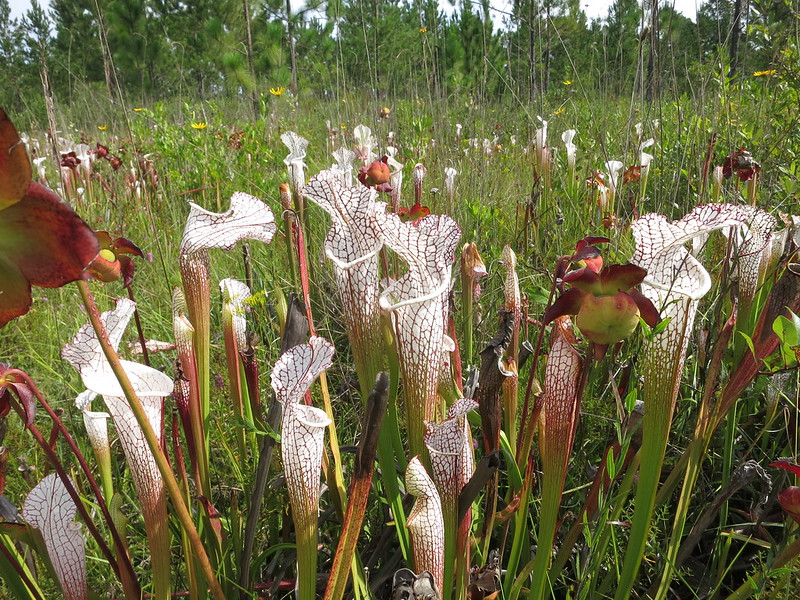
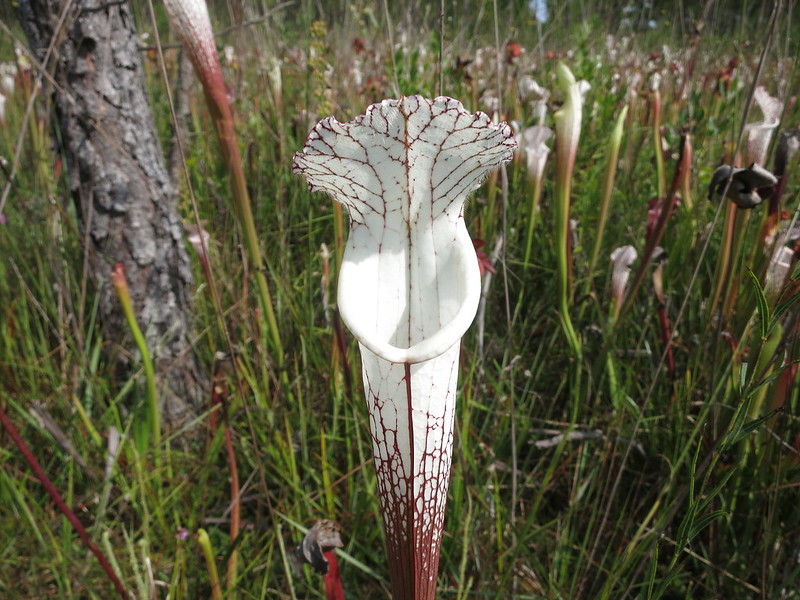
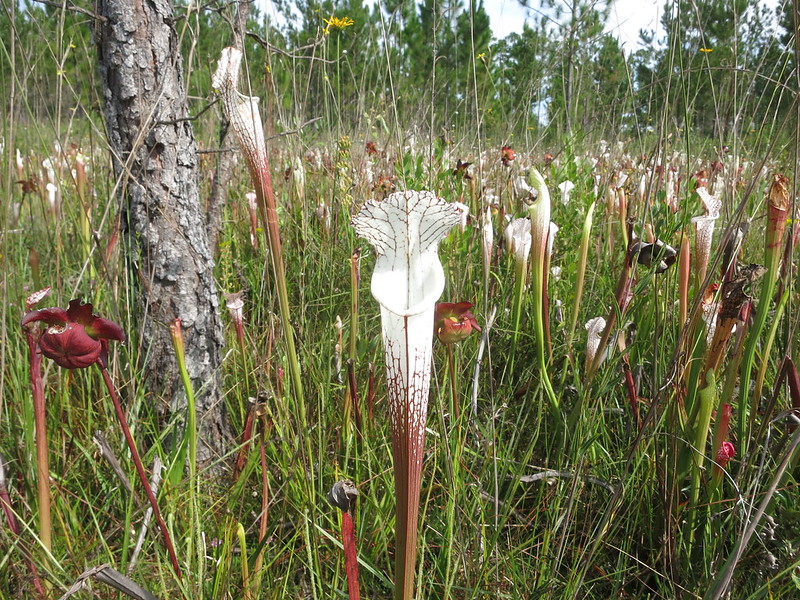



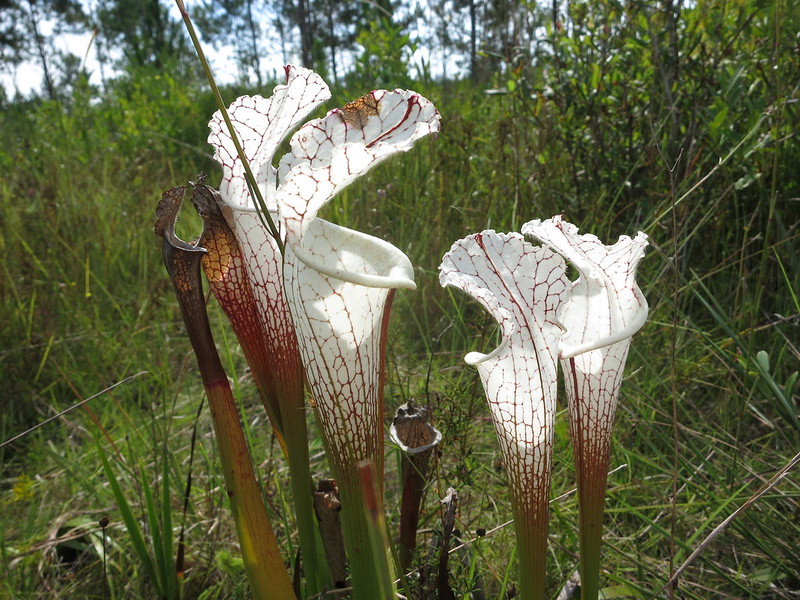
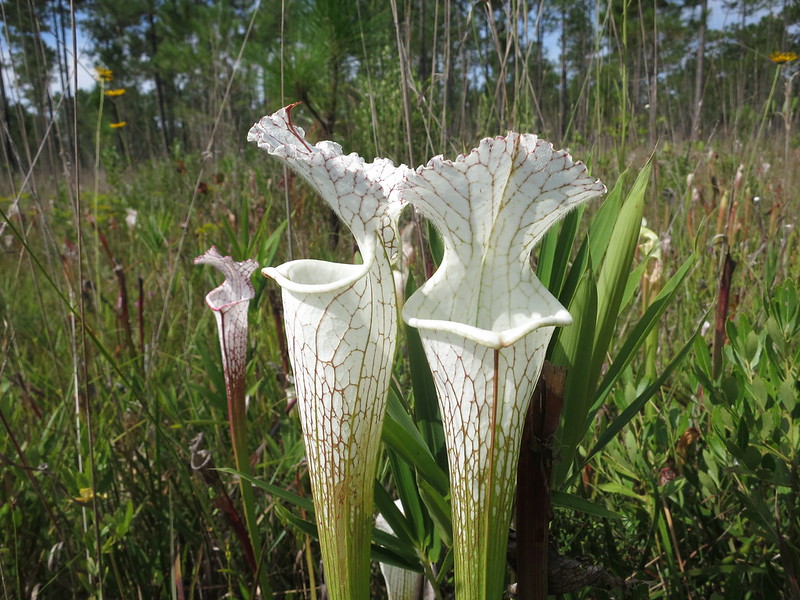

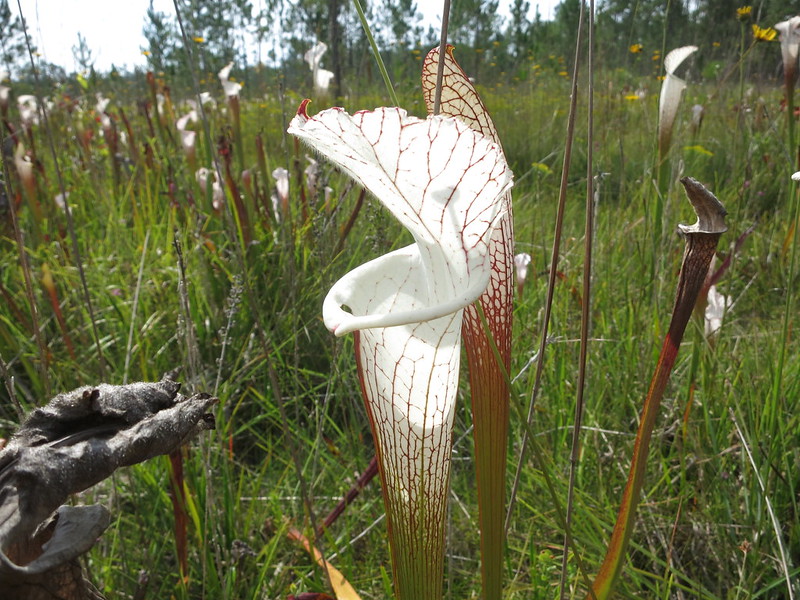
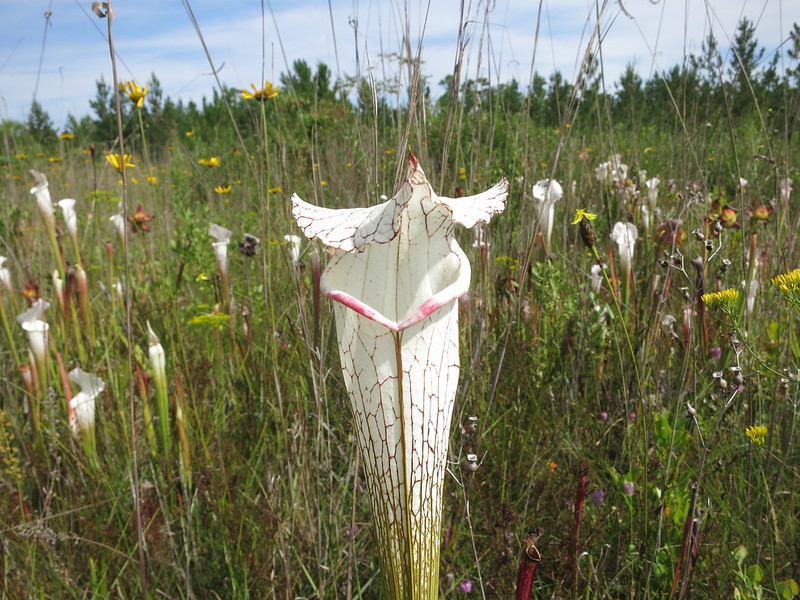
 Here are images of plant progress on 03/16/2023
Here are images of plant progress on 03/16/2023